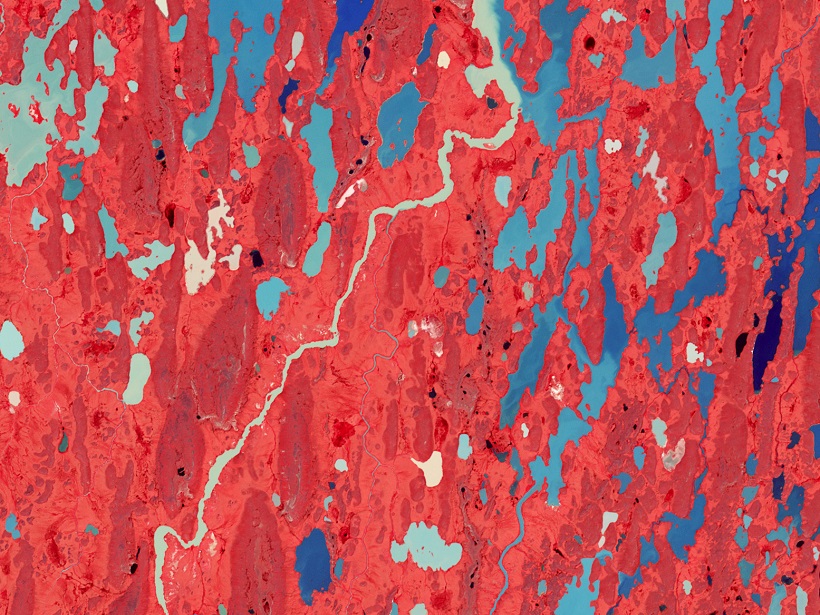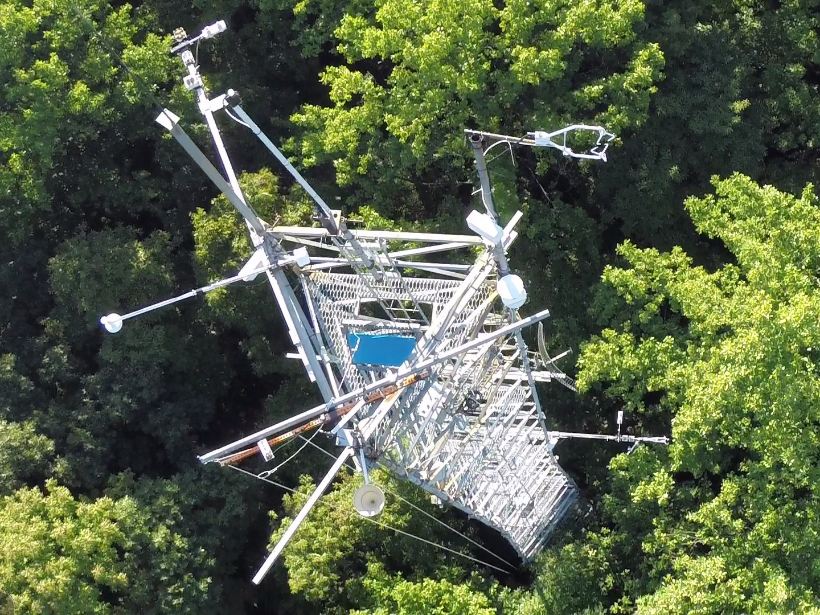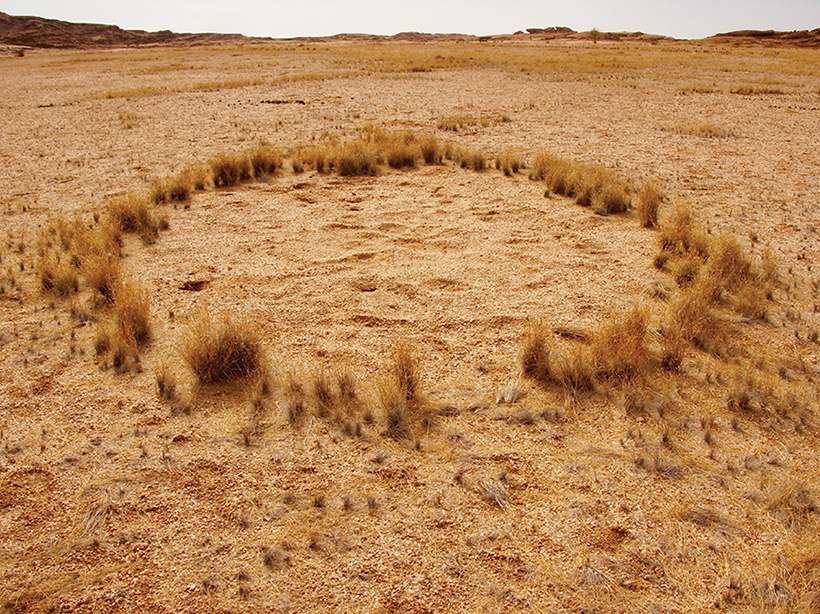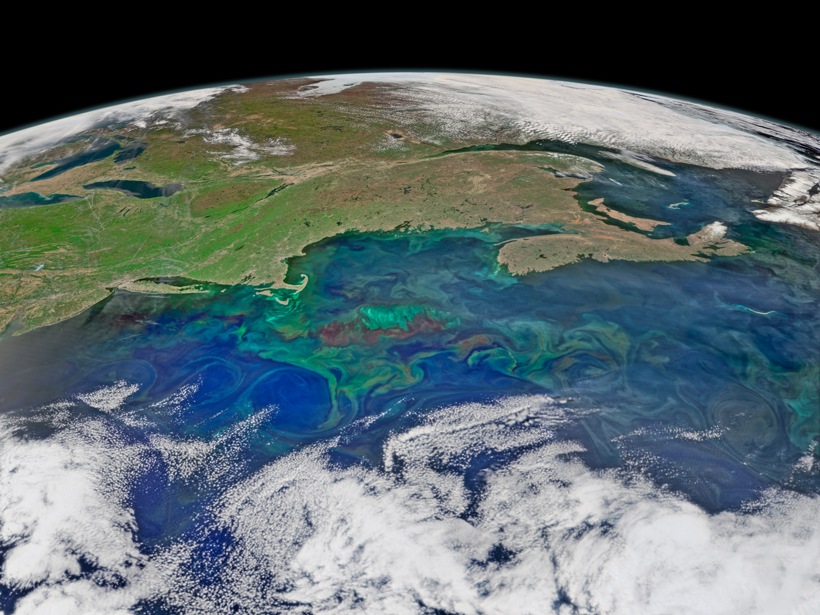With thawing permafrost projected to release significant amounts of carbon in response to climate change, one of the editors of JGR: Biogeosciences reflects on the slew of recent papers in this field.
Journal of Geophysical Research: Biogeosciences
Tracking Nitrogen in Arctic Plants
Prevailing nutrient uptake models do not fit Arctic plants. Scientists test a new option that overcomes older models’ shortcomings.
Deforestation Effects as Different as Night and Day
Study investigates how deforestation can cause different land surface temperature effects depending on the time of day.
As Winters Get Warmer, Sugar Maples May Absorb Less Silicon
Rising temperatures that reduce snow cover leave soils vulnerable to frost, reducing silicon uptake by trees, with potential effects on downstream ecosystems.
Mushrooms Could Provide a Record of Grassland History
Scientists measured carbon isotopes in certain types of fungi to assess whether the organisms can track how climate change is affecting grasses.
Mysterious "Fairy Circles" Continue to Enchant Scientists
Researchers revisit an old theory about the ethereal patterns of vegetation that form in some arid landscapes.
Modeling Permafrost's Role in the Global Carbon Cycle
A team of international scientists surveyed an array of Earth ecosystem models, recommending several ways to reduce uncertainties.
Arctic Permafrost Thaw Would Amplify Climate Change
An international team probed Arctic permafrost samples to better understand the carbon feedback loop that could be set off by future thawing.
How Climate Change Affects the Flow of Carbon from Land to Sea
Changes in precipitation and runoff in New England may be driving more dissolved organic carbon into the Gulf of Maine.
Earth's Ground Heat Flux Should Not Be Overlooked
Scientists compare models of how much heat Earth's surface gives off and absorbs from the atmosphere.









